How To Do A Kettlebell Swing-A Step By Step Guide
Kettlebell swings are absolutely one of my favorite exercises. I think they’re a ton of fun. They’re a great way to build strength and cross train for a variety of different sports and activities. You can do them anywhere because kettlebells are portable. They’re a full body exercise. They totally count as cardio but go by much faster. And I will teach them to just about anyone who will let me.
Here’s the thing with kettlebell swings though:
You don’t just pick up a kettlebell and start chucking it around. You kind of need someone to teach you. A qualified professional. Maybe me? 😉 There’s a lot that goes into this simple looking movement. And while it’s completely safe when done correctly, a lot of people don’t do them with the greatest form. That’s where kettlebells get a bad rap. I’ve heard many clients and friends express concern about starting to work with kettlebells.
Aren’t kettlebells dangerous?
Sure, they could be. In the same way treadmills and resistance bands and the occasional water bottle left in the middle of the gym floor might be. . .
Am I going to hurt my back?
Not if you let me teach you how. 🙂
So let’s get right into it. Feel free to skip below to the video if you want to learn right along with me and prefer to watch and listen. Otherwise here are some step by step instructions for how to do a great kettlebell swing.
How To Do A Kettlebell Swing
- Set yourself up behind the kettlebell. A good stance is typically about a foot away from the bell. Heel-toe each foot out once and then shift your feet around a bit until you find the stance that feels just right.
- Find your hip hinge. If you’re not familiar, go take a peek at my post on how to do a deadlift. It includes some great drills that will also get you ready to swing.
- Grab the handle of the bell with two hands and tip it back towards you. Imagine that you’re trying to rip the handle apart.
- “Hike pass” the bell back between your legs. A few points of contact to keep in mind: Aim to keep your upper arms in tight towards your ribs, and the forearms to your upper inner thighs.
- Stand up straight and strong. Push your feet into the ground. Contract your glutes, quads, and core–it’s like a plank but standing. You don’t even need to think much about the kettlebell. The power from your hips will swing the bell up. Shoot for chest level.
- Let the kettlebell float for a moment. As it starts to fall back down, use your lats to guide it back between your legs just like you did in the starting position. Repeat.
- When you’re done swinging, finish the backswing and glide it back to the ground smoothly.
The “Standards” (AKA Good Form)
StrongFirst ‘s SFG1 training taught most of what I know about kettlebells. I’m little biased, but I have to say that their training gave me an amazing foundation on teaching swings. Their “standards” are what I use to teach good form and this is how I explain them to my clients.
- Keep your back neutral and your neck neutral or slightly extended at the bottom of the swing.
- Plant your feet into the ground–heels, toes, and balls of the feet. (This is one reason you see me demonstrating shoeless). Track your knees over your toes.
- Pack your shoulders in.
- Make sure the handle of the bell passes above your knees during the backswing.
- Keep your arms straight in the bottom position.
- Avoid letting your knees move forward on the upswing.
- Form a straight line at the top of the swing. Fully straighten your knees, extend your hips, and keep your spine neutral.
- Let the kettlebell be an extension of your arms (can be straight or slightly bent) at the top of the swing.
- Match your breathing to your movement. Inhale on the way down, and a forceful exhale (TSSA!) on the way up.
- Contract your abs and glutes at the top of the swing.
- Feel the kettlebell float at the top of the swing.
Bonus Tips
Master the Hip Hinge Movement
Come back to your deadlift often. It will do wonders for your swings.
Pick up a heavier Kettlebell
Maybe? I typically start new clients with no lighter than an 8kg/18lb kettlebell. Why is this? If you go too light it’s very easy to “cheat” the movement and front raise the bell. More often than not, you’ll find you can handle a heavier kettlebell than you think, however this is just a guide. Definitely listen to your body if something feels too hard or not right.
Take off your shoes
You may notice me (and some others) swinging barefoot or in flat soled shoes like Converse. Ever wonder why? It helps you feel the floor better, which ultimately helps you to access more strength, power, and balance.
Don’t ForGet To Breathe
What’s the deal with the loud breathing? Is it important? Sure is! As awkward as it can sometimes feel to audibly breathe, matching your breath to your movement and exhaling on the way up from the ground can help you find more power and strength, as well as work more efficiently.
FORM CHeck OFten
There is a lot to think about when doing a kettlebell swing! I’m not always the biggest fan of the “gym selfie”, but taking a video is a great way to check your form. Feel free to tag me on Instagram or Facebook or email me at jenna@itsjennaj.com. I’d love to see what you’re up to!
It’s a kettleBell. Not a kettle-Ball.
I knowwww. It looks like a ball on the end. But as your friend, I’m going to politely tell you to call it a kettlebell in the kindest, least judgey way possible. 😉 No kettle-balls please.
IT’S OK TO NOT SWING!
As always, please remember that if you’re struggling with compulsive exercise, the best thing for you right now might be to take some time away from structured movement like this. Check in with yourself to make sure you’re doing what’s right for you, and know that sometimes the best self-care is to let yourself take a rest day!
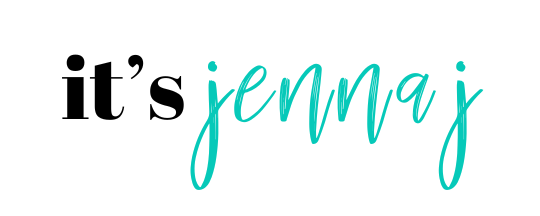


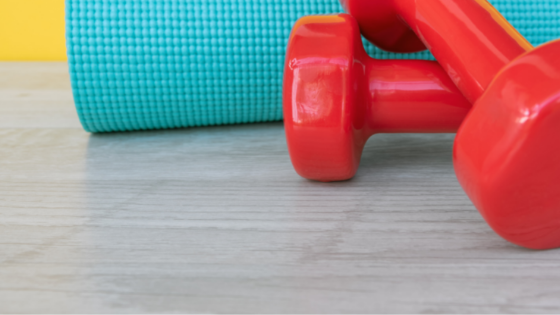
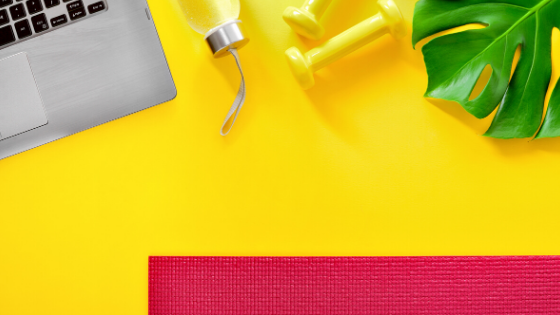
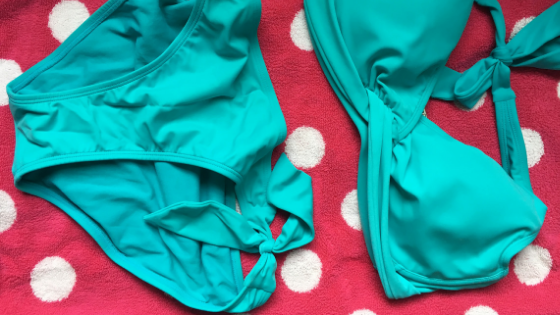
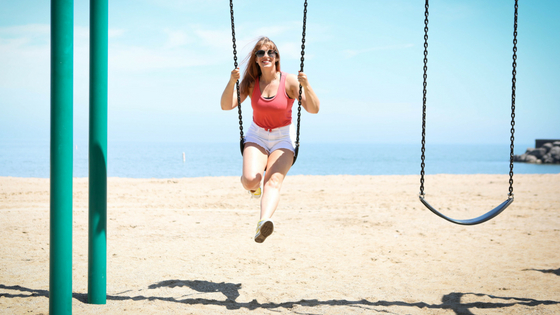
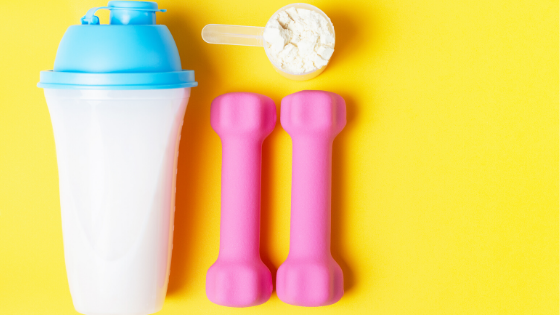
3 Comments
Comments are closed.